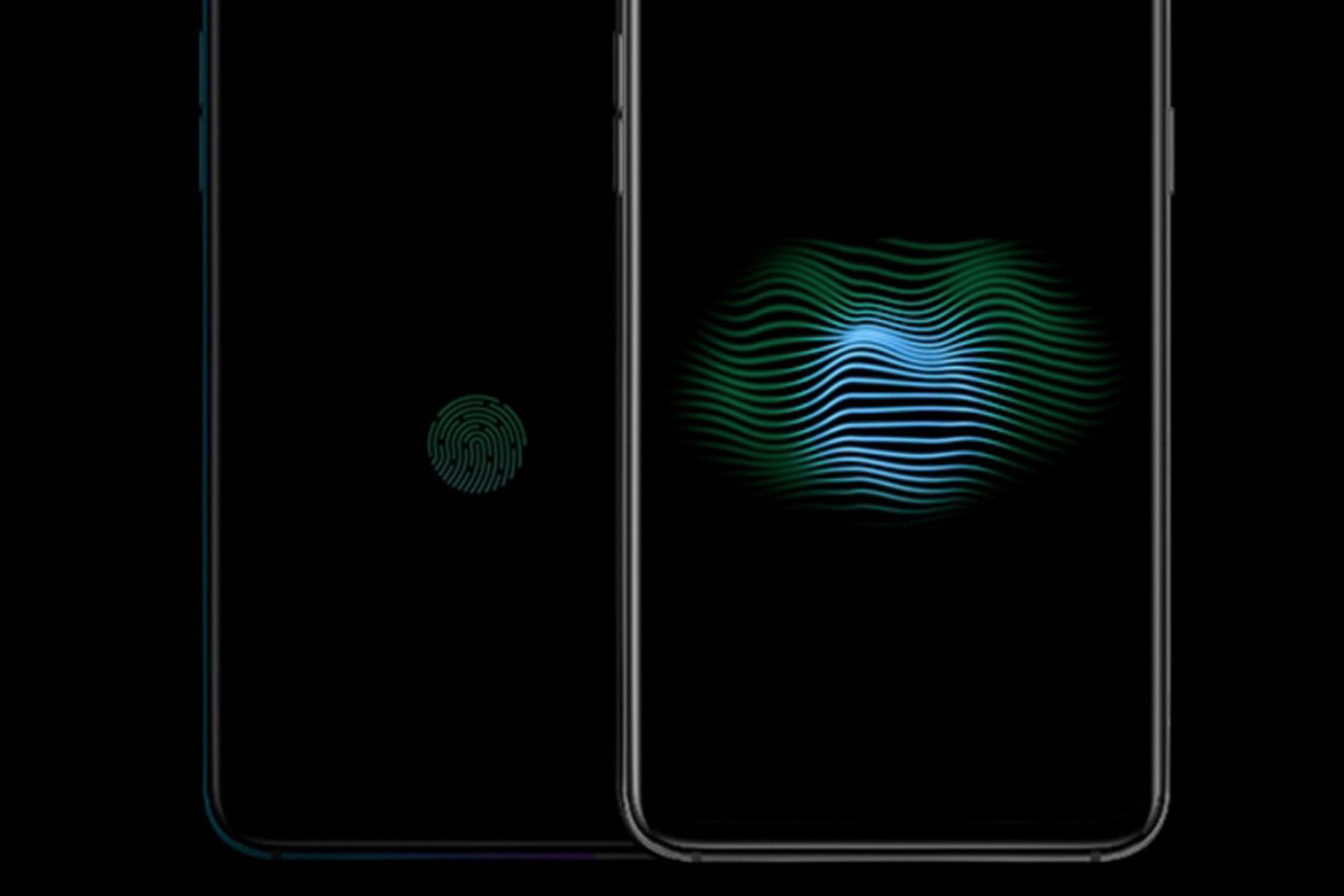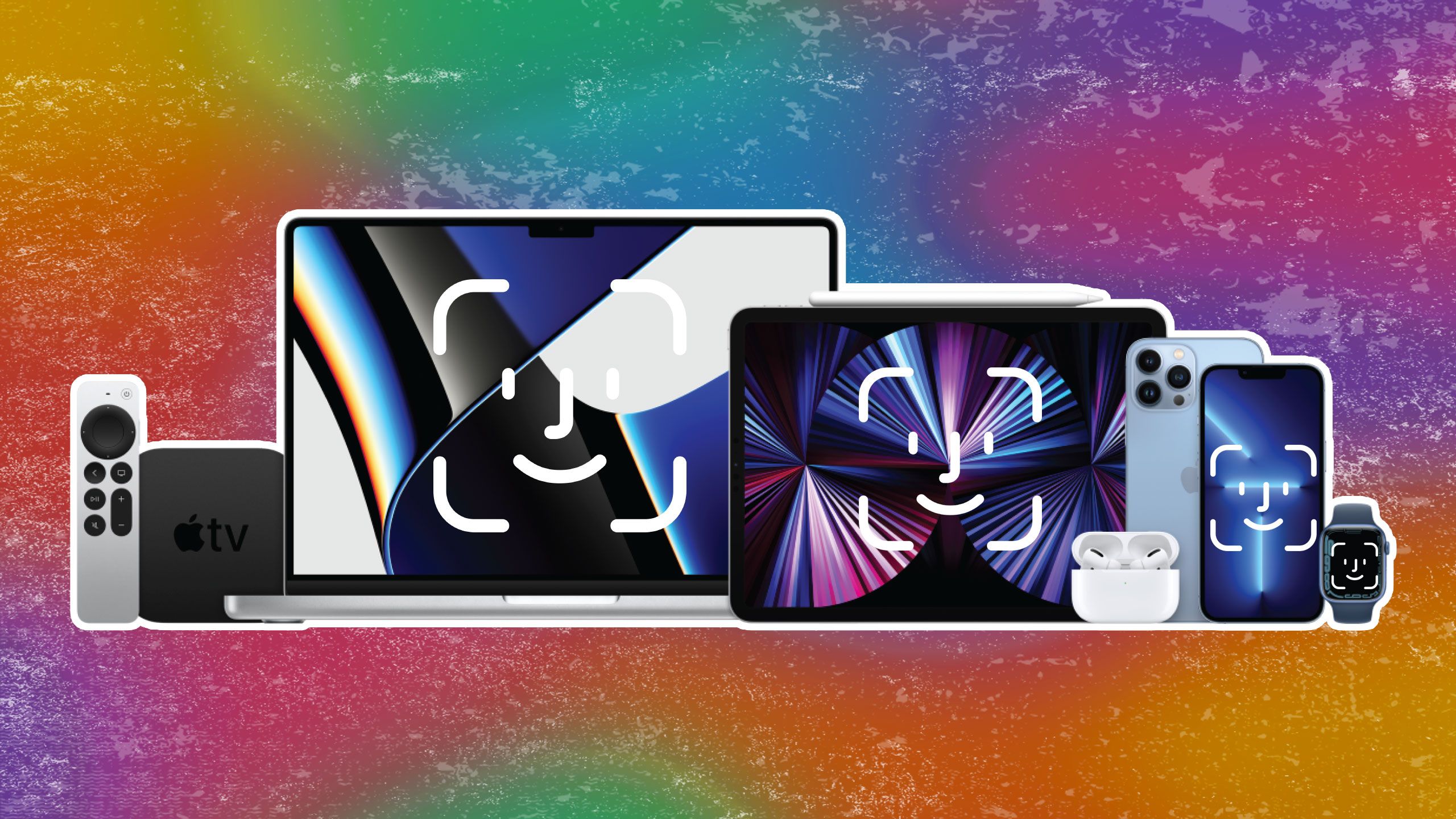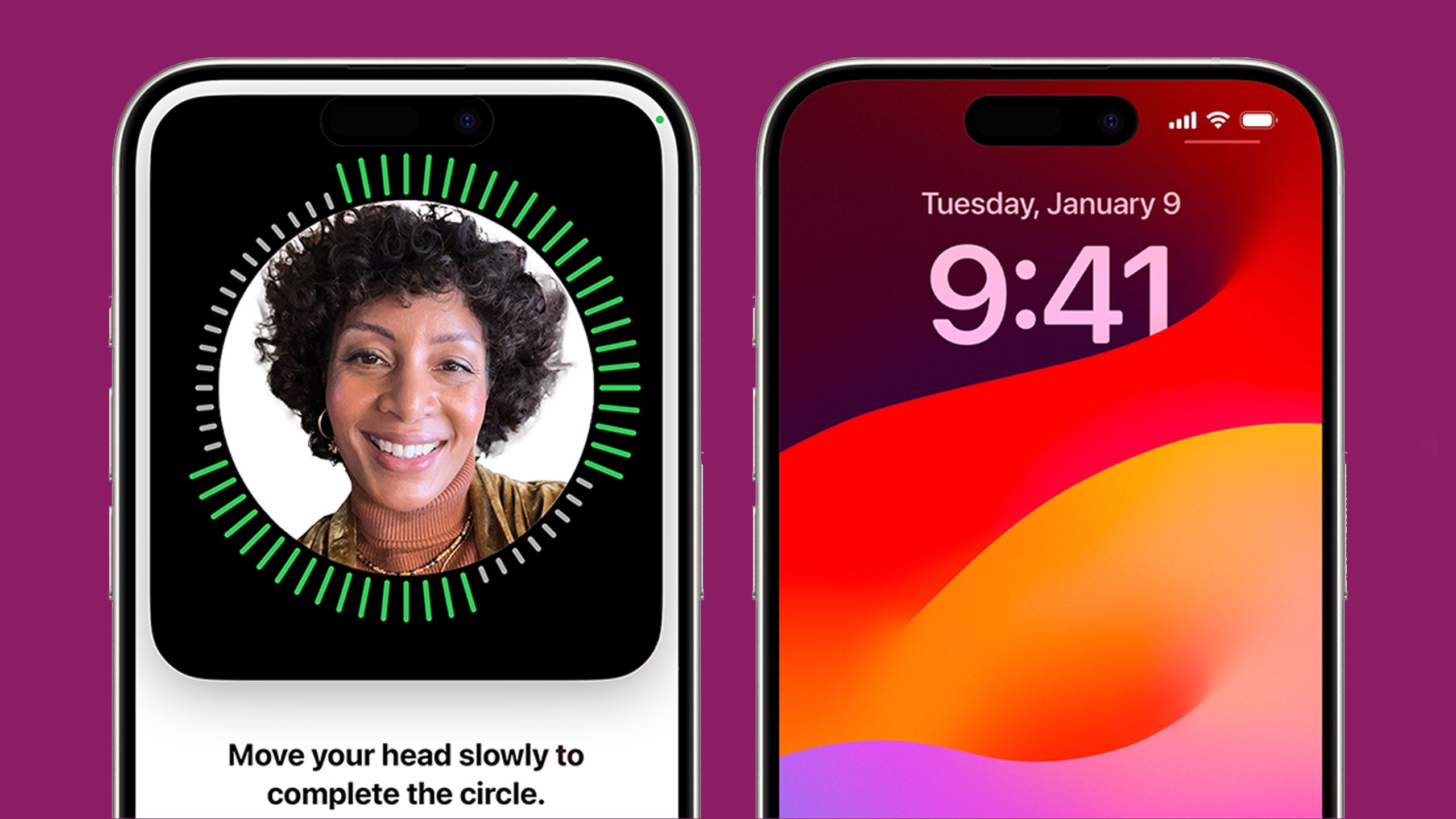Abstract
- Fingerprint sensors had existed properly earlier than the iPhone, but it surely was the 5S and its Contact ID system that catapulted the tech into the buyer mainstream.
- Infamously, Apple axed Contact ID in favor of a facial biometric sytem, Face ID, when it launched the iPhone X.
- Fast evolution in fingerprint sensing tech has made fingerprint recognition a staple of the Android scene — it is time for Apple to include this identical ultrasonic tech into its subsequent iPhone launch.
2013’s iPhone 5S was a milestone product release from Apple — the tech large’s then-latest handset not solely shipped with an industry-first within the type of 64-bit computing structure, but it surely additionally marked the introduction of the now-beloved Touch ID sensor.
In fact, Contact ID was removed from the primary capacitive-style fingerprint reader to ship on a client tech system, but it surely holds the excellence of being properly applied from the get-go (bear in mind the monstrosity that was the Samsung Galaxy S5‘s fingerprint sensor, anybody?)
With 2017’s iPhone X launch, Apple declared the way forward for biometric authentication to be one in all facial recognition.
Throughout future generational releases of the iPhone, Apple continued to enhance on its Touch ID fingerprint sensing tech, till in the future, the corporate determined to pivot quick and laborious in a brand new course. With 2017’s iPhone X launch, Apple declared the way forward for biometric authentication to be one in all facial recognition, versus the tried-and-true fingerprint studying system we had grown accustomed to on our handsets.
Associated
Under-display Face ID could be coming to the iPhone sooner than you think
Apple could also be near implementing Face ID beneath the iPhone’s show based mostly on a newly filed patent.
The place Face ID as soon as felt like the longer term, immediately it feels passé
The iPhone gave delivery to Contact ID, and it is time for fingerprint sensing system to circle again house
Apple / Pocket-lint
For a time frame, I used to be properly and actually a Face ID evangelist. Not like your typical fingerprint sensor, which requires a deliberate urgent of your fingertip onto a devoted sensor space, facial recognition offers a near-frictionless consumer expertise.
Significantly up right here in Canada, the place gloves are a close to necessity throughout the winter months, the power to unlock my system with out sacrificing extremity heat has been a perk price celebrating.
Then, after all, the COVID-19 pandemic burst onto the world stage, and with it, the necessity to put on masks in lots of public settings. Attempt as Apple did to work around the inherent limitations of masked facial recognition, the added friction drove me to rethink my stance on the professionals and cons of other biometric options.
I started testing among the fingerprint sensors constructed into competing Android smartphones, and I quickly found that the tech had matured and change into extremely dependable in recent times. Prior to now, I typically struggled with accuracy points on capacitive-based sensors, however fashionable under-display readers pose no such points in my expertise.
Optical fingerprint sensors — and particularly their extra superior ultrasonic-based siblings — are quick, responsive, and correct.
Optical fingerprint sensors — and particularly their more advanced ultrasonic-based siblings — are quick, responsive, and correct. When counting on fingerprint recognition to unlock my Pixel 9 Pro, for instance, I discover myself by no means struggling to unlock the system. This contains such situations as mendacity in mattress, watching a video from an ungainly angle, or carrying sun shades.

Associated
In-display fingerprint readers: How they work plus optical vs ultrasonic
They have been the mainstream for a number of years now, however how do they work precisely?
After being hit with this ultrasonic actuality verify, I now firmly imagine the time is true for Apple to re-implement fingerprint recognition on the following iPhone. Below-display sensors present a superb consumer expertise, and it is one which would not compromise the clear and minimalistic aesthetic of the iPhone line, both.
…I might hope to see Apple implement each types of biometric authentication into the following iPhone.
In fact, I would not need to sacrifice Face ID within the title of a next-generation Contact ID; quite, I might hope to see Apple implement each types of biometric safety into the following iPhone. By doing so, advocates of each methods would have the ability to have their cake and eat it, which I imagine is in the end one of the simplest ways ahead with regard to consumer safety.

Associated
Apple should put Face ID on all its devices
It isn’t as loopy as it would initially appear.
Trending Merchandise

LG UltraWide QHD 34-Inch Pc Monitor 34WP65C-B, VA ...

ASUS RT-AX86U Pro (AX5700) Dual Band WiFi 6 Extend...

MSI MAG Forge 321R Airflow – Premium Mid-Tow...













